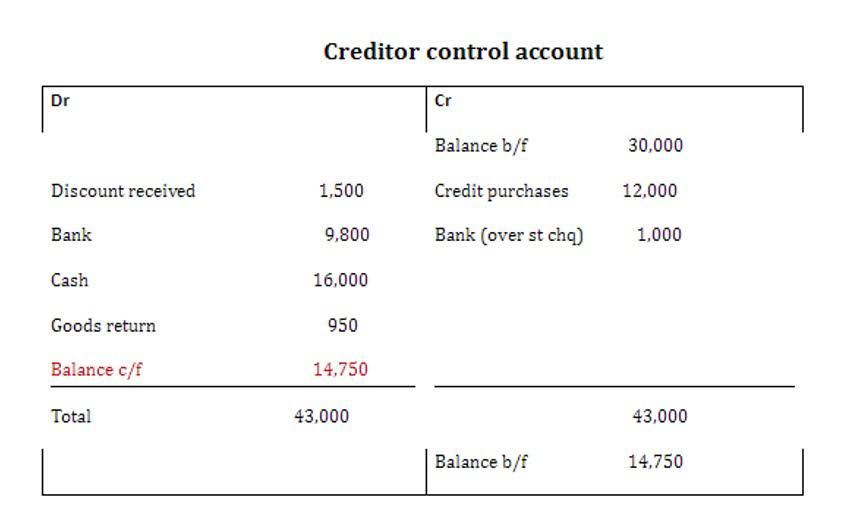
Adjusting entries are necessary because, without them, a company's income and expenses won't match up correctly, and financial statements will be inaccurate. Prepaid insurance is treated as an asset because it has been paid for by the company and has future value. It is gradually charged to expense as it is used because the expense accrues over time. Prepaid expenses represent expenditures that have not yet been recorded by a company as an expense, but have been paid for in advance.
Real-Life Examples
You keep doing this every month until the prepaid insurance is all used up. For more practical examples, check out our journal entry examples page. Prepayments can really change the look of your financial statements, especially the balance sheet and the income statement. Adjusting entries are crucial for keeping your financial records accurate and making sure expenses match the periods they belong to. This helps balance the books prepaid insurance adjusting entry and shows the true financial health of the company.
Prepaid Insurance Expired Journal Entry
- The adjusting entry ensures that the amount of supplies used appears as a business expense on the income statement, not as an asset on the balance sheet.
- In addition, on your income statement you will show that you did not pay ANY taxes to run the business during the month, when in fact you paid $100.
- It’s like buying a year-long gym membership—you can’t claim you got all buff on day one (we wish!).
- Think of prepaid rent and prepaid insurance—they’re like the Beyoncé and Jay-Z of the prepaid expenses world.
- Prepaid insurance is typically classified as a current asset on a company's balance sheet, as it usually covers a period of one year or less.
- These entries make sure the prepaid expense is recognized as an expense on the income statement and that the asset account is reduced accordingly.
For example, if a company prepays for a year's rent, it has an asset worth the amount of rent, representing the future use of the rented space. Now, you might be thinking, “Can’t I just forget about adjusting entries and call it a day? ” Sure—if you enjoy misleading financial statements and potential audits. Adjusting entries for prepaid insurance are crucial because they ensure your financial records reflect reality. Similarly, a prepaid insurance expense is a prepaid expense that has been paid for by the company.
- All 12 months from Jan’20 to Dec’20 will be charged in each period against the prepaid expense account to reduce the prepaid account to zero by end of the year.
- Others pay low-cost, high-deductible health insurance up front for workers.
- This unexpired cost is reported in the current asset account Prepaid Insurance.
- Company A signs a one-year lease on a warehouse for $10,000 a month.
- This shifts the expired amount from an asset to an expense, aligning with the matching principle.
Adjusting Journal Entry for Prepaid Insurance

By the end of the month some of the prepaid rent expired, so you reduced the value of this asset to reflect what you actually had on hand at the end of the month ($11,000). To transfer what expired, Rent Expense was debited for the amount used and Prepaid Rent was credited to reduce the asset by the same amount. Any remaining balance in the Prepaid Rent account is what you have left to use in the future; it continues to be an asset since it contribution margin is still available. You prepaid a one-year insurance policy during the month and initially recorded it as an asset because it would last for more than one month.

How do you record a payment for insurance?

Here are the Equipment, Accumulated Depreciation, and Depreciation Expense account ledgers AFTER the adjusting entry above has been posted. Here are the Prepaid Taxes and Taxes Expense ledgers AFTER the adjusting entry has been posted. Here are the ledgers that relate to the purchase of prepaid taxes when the transaction above is posted. Here are the Prepaid Rent and Rent Expense ledgers AFTER the adjusting entry has been posted. Here are the ledgers that relate to the purchase of prepaid rent when the transaction above is posted.
Cost of Goods Sold (COGS) Accounting
As you can see, we debit the Prepaid Insurance account by $10,000, bumping up your assets, and credit the Bank account by $10,000, reflecting less cash on hand. Now, as each month rolls by and some of that insurance coverage is used up, you’ll need to adjust your accounts accordingly. Since the insurance covers a year, divide $10,000 by 12 months, giving https://testmydisplay.com/best-accounting-software-for-small-business-2/ you an $833 expense each month (we’ll ignore the extra pennies for simplicity’s sake). But wait—what if you decide to be extra cautious and prepay for a period longer than a year? In that case, the portion of prepaid insurance not used within one year hops over to the long-term asset section.
For the past 52 years, Harold Averkamp (CPA, MBA) hasworked as an accounting supervisor, manager, consultant, university instructor, and innovator in teaching accounting online. He is the sole author of all the materials on AccountingCoach.com. For the past 52 years, Harold Averkamp (CPA, MBA) has worked as an accounting supervisor, manager, consultant, university instructor, and innovator in teaching accounting online.
- Prepaid insurance is treated as an asset on a company's balance sheet and is gradually charged to expense.
- During the month you will use some of this insurance, but you will wait until the end of the month to account for what has expired.
- After 60 months, the balance in the Accumulated Depreciation account is $6,000 and therefore the equipment is fully depreciated and has no value.
- Before diving into the wonderful world of journal entries, you need to understand how each main account is affected by debits and credits.
It is commonly paid a full year in advance, but in some cases, it may cover more than 12 months. It is a lump-sum payment for a specified period, which can be six or twelve months. It is considered a current asset on the balance sheet because it becomes converted to cash or used within a short time.
